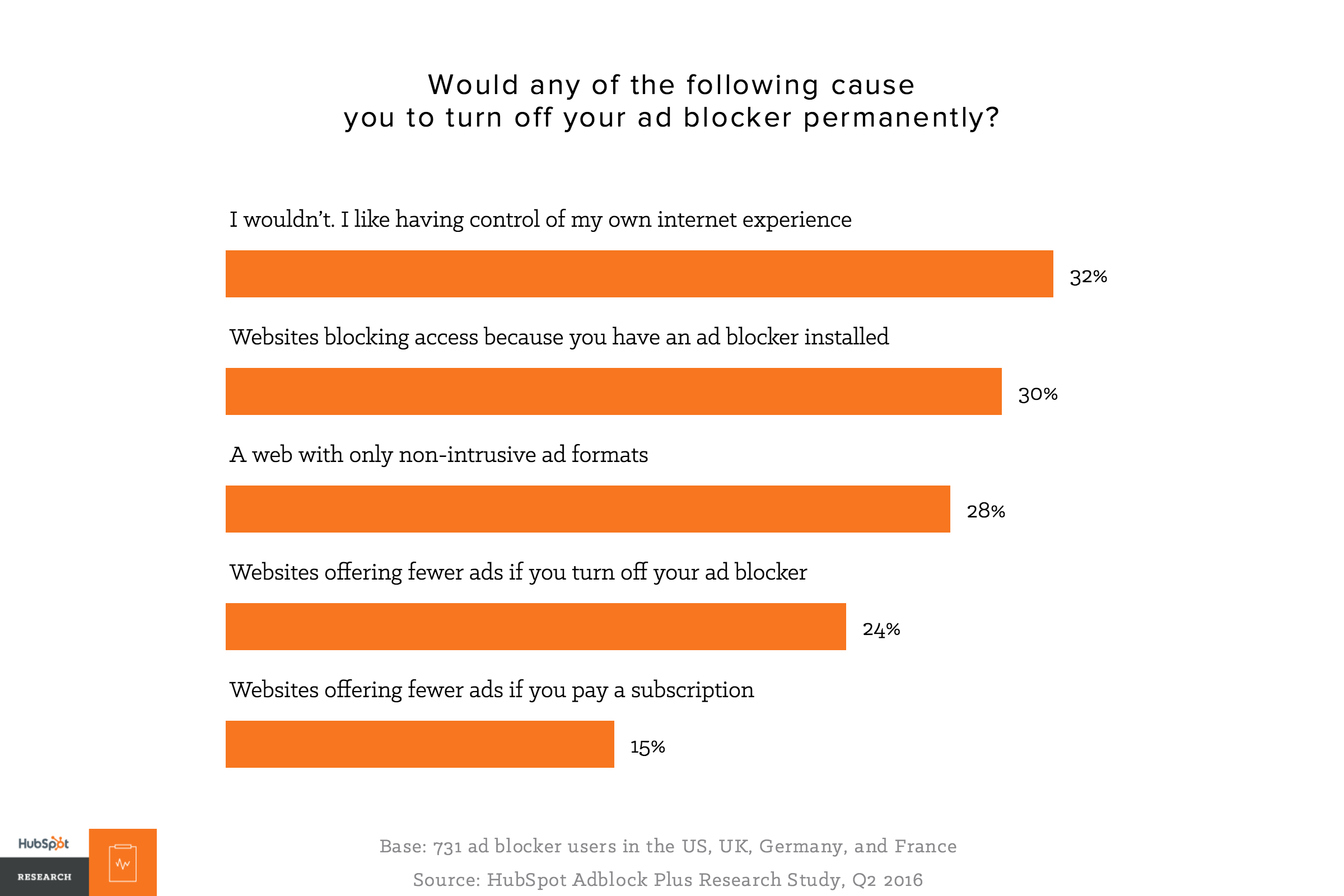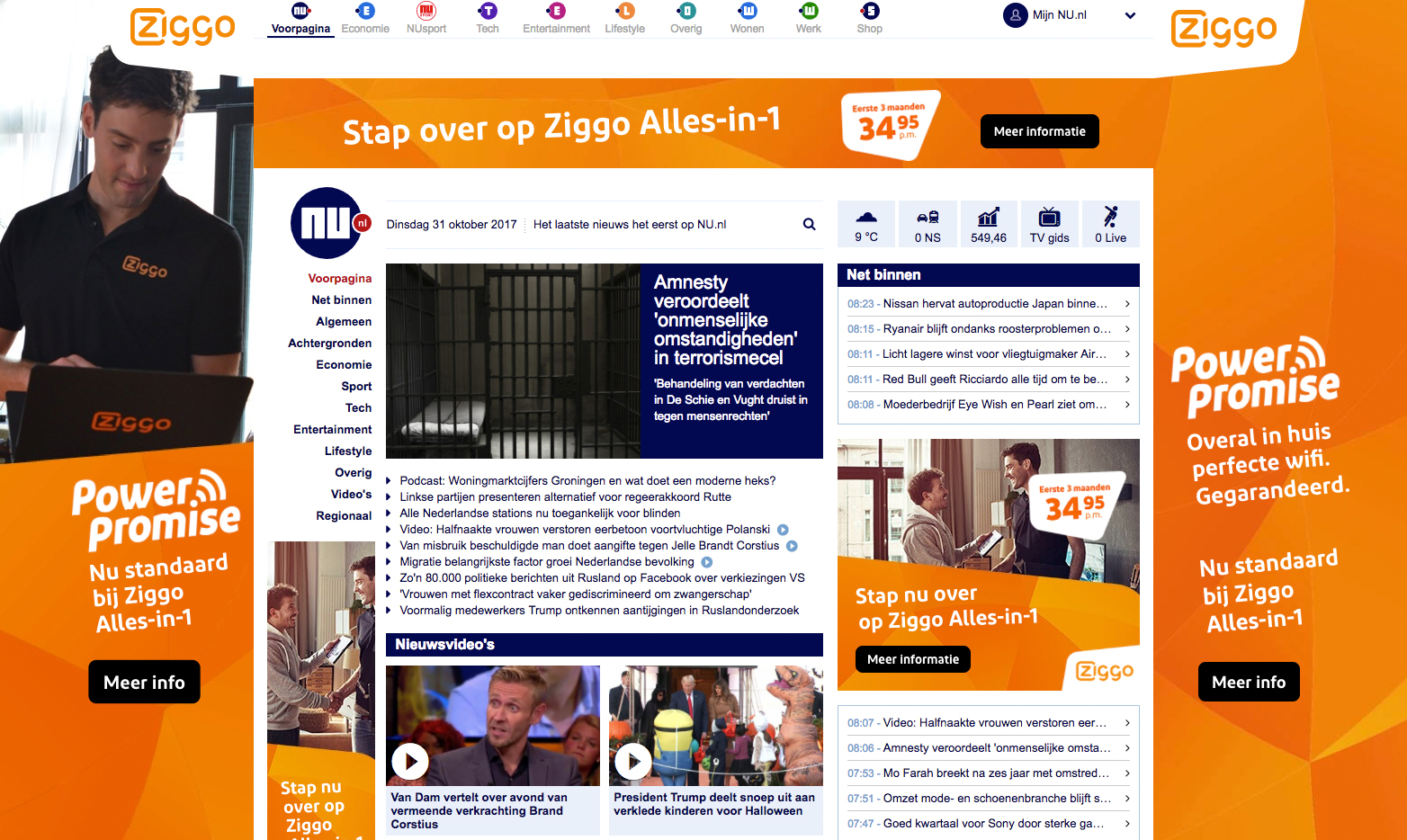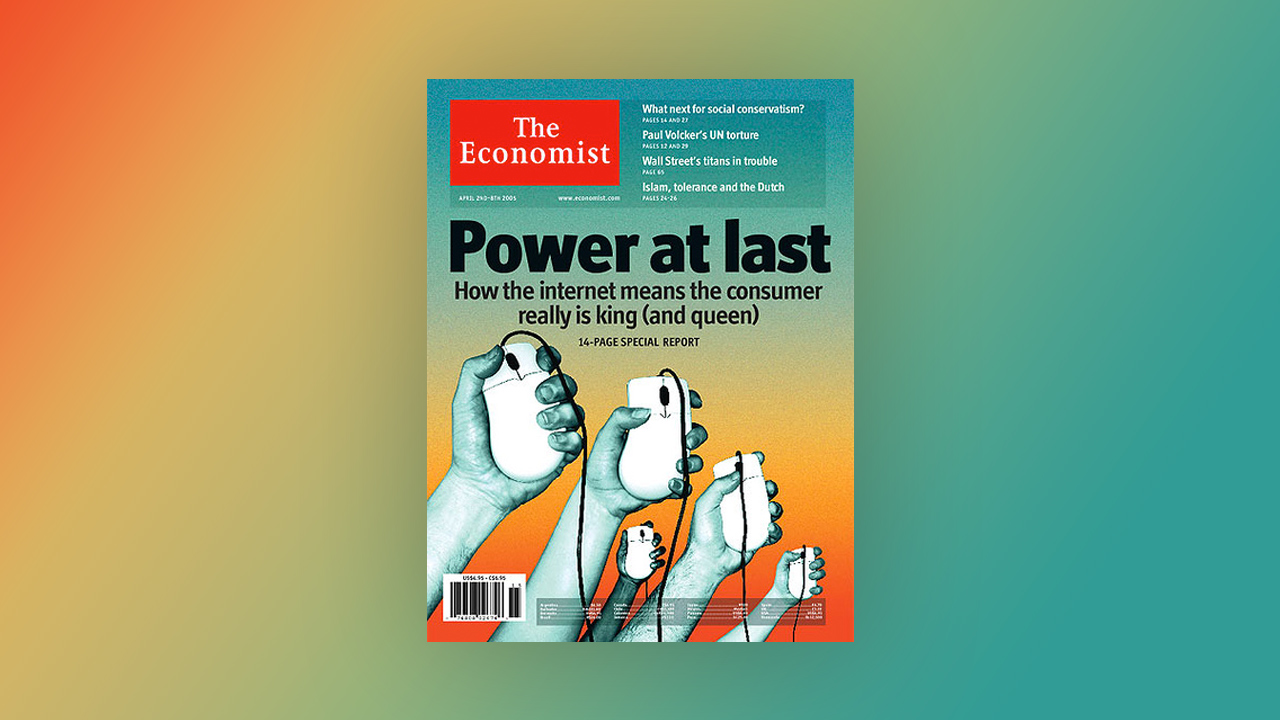Simply stopping annoying ads is not enough to stop the rise of the ad blocker. How can the marketing and advertising industry be inspired by winning companies? Let’s take a step back and learn from other industries and brands, and look forward to a world where advertising contributes to a consumer friendly experience.
How digital advertising can learn from the music industry
A commonly heard argument is that the consumer should have to accept online advertising simply because it is part of the game: Free content and services for everyone, in exchange for ads on a webpage. Because, advertising is the lifeblood of companies’ online business models.
If we look back at what happened in the music industry through illegal distribution of music files, the advertising industry would be naive to expect that consumers have a collective sense of responsibility to maintain an industry as it is. Of course, some would say the music industry monetisation model is disproportional in it’s essence. But why would consumers care about brands, which are not always perceived as honest and transparent?
If consumers as individuals are not even willing to pay for the work of their favorite musicians, why would they feel obligated to keep up with – in their perception intrusive – companies?
Consumers don’t necessarily hate advertising or companies using their personal information for advertising. They actually enjoy watching good ads for the same reasons they enjoy good content. Unfortunately the industry is still holding on to traditional ways to measure the success of their advertising campaigns. ‘Good ads’ as they are perceived by consumers don’t necessarily mean ‘good performing ads’ with the performance indicators marketers of today are focussing on.
Current initiatives might have a long road ahead
Initiatives like the Better Ads Standards by the Coalition for Better Ads and the IAB Display Guidelines are addressing the issue of annoying ads. Also Google is taking initiative to make the overall online user experience better. In 2015 they started to weigh in mobile-friendliness as a ranking condition, and they first introduced the AMP project, which is being rolled out in 2017. Also they introduced the AMP project for search and display ads.
Luckily these initiatives are rolling out to stop ads to be intrusive, annoying and resource consuming. But are these initiatives enough to restore the harmony between consumers and the industry?
The goal of the Coalition for Better Ads is simple: ‘If ads fall inside a threshold of consumer acceptability, fewer people will download ad blockers’. While research conducted by Adobe shows that almost 40% of the respondents said they believed the ad experience online had gotten better in the past two years, the proportion of people running ad blockers continues to grow rapidly.

Digital marketing company HubSpot did an extensive research and eye opening survey to learn what kind of advertising do online browsers tolerate today, and why do they use ad blockers to begin with. 32% of the surveyed contestants claim they see no future cause to turn off their ad blocker.
The marketing and advertising industry is blinded by focussing on short term performance indicators
 Just shouting that your product is better or cheaper than your competitors’ isn’t going to cut it any longer. In the end, the real customer satisfaction lies in the full brand experience. Why not make digital advertising part of this instead of using it simply for pushing consumers to websites and measuring with ‘vanity metrics’?
Just shouting that your product is better or cheaper than your competitors’ isn’t going to cut it any longer. In the end, the real customer satisfaction lies in the full brand experience. Why not make digital advertising part of this instead of using it simply for pushing consumers to websites and measuring with ‘vanity metrics’?
Some ads are annoying, but in a lot of cases it is even worse. Publishers serving too many ‘unfriendly’ ads that demand a high consumption of resources like CPU, battery life and data usage. On top of that, their sense of privacy control is heavily damaged. Online ads are often perceived as loud, interruptive, arrogant and unfriendly and everyone knows it.
Advertising that ‘works’ is often based on the wrong metrics
Unfortunately advertising ‘that works’ is measured, for instance, by how many impressions, clicks, and/or interactions have been registered. It is not uncommon that clicks to a website are measured as succesful, while most of the clicks are actually consumers that accidently clicked the ad while looking for the close button.
It is pretty obvious what the overall effect is: Ad blocking has gone viral and keeps gaining traction, no matter what the tech giants do to roll it back. It is because of the industry that is hardly considering how a couple of clicks, interactions or conversions relate to how consumers in general perceive their brand, client or the ad experience in general. They are being led by short term decision making, selling as much advertising space as possible. They allow brands to force their commercial messages to every single space available throughout the web, without considering the negative effect this has on the long term.
Consumers just want to browse the web without friction caused by unwanted distraction or blocking events. They have the freedom to choose, so they choose to not see advertising. This results in the worldwide adoption of ad blocking software, which is a signal that the industry should take very seriously.
The balance of power between companies and consumers is evolving more than ever
 ‘Armed with the internet, the customer has finally got on top’ (The Economist Magazine in 2005). An article about how the power of the ‘informed customer’ has exploded with online comparison and online shopping. This was written even before the introduction of the first iPhone in 2007, which started the revolution of the mobile web, and eventually empowered full time online connectivity for a large part of the world. Just read the tagline ‘How the internet means the consumer really is king’ and think about how many brands still don’t get it 12 years after this edition was published.
‘Armed with the internet, the customer has finally got on top’ (The Economist Magazine in 2005). An article about how the power of the ‘informed customer’ has exploded with online comparison and online shopping. This was written even before the introduction of the first iPhone in 2007, which started the revolution of the mobile web, and eventually empowered full time online connectivity for a large part of the world. Just read the tagline ‘How the internet means the consumer really is king’ and think about how many brands still don’t get it 12 years after this edition was published.
Consumers are shaping the selection of companies, products and services which they desire to be surrounded with. We are all able to recognize and compare to a great customer experience we have enjoyed before. No doubt that you have been involved in discussions about the renewing experience of companies like Airbnb, Uber or Coolblue (for the Dutch readers).
Since the introduction of the internet in the 90’s and the mobile revolution in the 00’s, consumers have steadily changed from primarily consuming media in a ‘sit back’ mode (receive through tv, radio, papers) to a ‘lean forward’ mode (interact with computers and mobile devices).
The fast moving techical innovation of today has made it possible to create one-to-one compelling experiences between brands and consumers. The world has changed, but in most cases it looks like a lot of brands still see their customers in sit-back-mode.
 Dutch e-commerce giant Coolblue is a perfect example of a company that shapes their brand around their customers. They live and breathe their two goals – highest possible customer satisfaction and profit contribution – throughout every aspect of their brand. Coolblue does conduct online advertising, but in a very enjoyable way that is an example to many other brands.
Dutch e-commerce giant Coolblue is a perfect example of a company that shapes their brand around their customers. They live and breathe their two goals – highest possible customer satisfaction and profit contribution – throughout every aspect of their brand. Coolblue does conduct online advertising, but in a very enjoyable way that is an example to many other brands.
Create genuinely useful, well-crafted advertising that respects consumers and their time
Modern, thriving companies are investing more and more in the consumer experience, than investing in price and product as key brand differentiators. Research from Forrester shows that, on average, every dollar invested in UX brings 100 in return.
Forresters’ research states that if companies are truly dedicated to invest in their end users by improving experiences in digital and beyond, they will compete and win.
Ironically, at the same time consumers’ valuable time is still, and often being taken away by irrelevant, annoying and resource devouring (digital) ads. All of the stakeholders in the industry have to stop waiting for this problem to solve itself, and step up to sincerely make useful and enjoyable things.
GDPR will force to focus on added value for consumers
At the time of writing this article the industry is facing a big challenge. The (General Data Protection Regulation) is coming in a few months. It is a regulation by which the European Parliament intend to strengthen and unify data protection for all individuals within the European Union.
Although we are not totally sure what the impact will be on the industry, it is likely that it will be very difficult to get permission from consumers to collect and use their data.
One of the benefits I see – obviously besides privacy related benefits – is that advertisers will be forced to offer truly valuable content in order to let consumers willing to opt-in to receive targeted advertising.
Put consumer experience at the heart of digital advertising
My message to the industry is to stop fixating purely on short term profit and vanity metrics, but focus on consumer centric goals. Sincerely invest in a full-scale consumer friendly experience, that means including advertising.
The (online) advertising industry is the birthplace of world-changing ideas. We should strive to line up all involved parties and do the right thing: Put the consumer experience at the heart of digital advertising.
Successful brands are setting the tone as it comes to customer centricity, and using innovative ways to shape their services around each and every individual customer they have. The digital advertising (tech) industry has the capability to go along with this evolution and deliver advertising that adds value to the life of the consumer.
It is time for the industry to change drastically, and stop adhering to traditional ways of thinking. Brands, publishers, media platforms and digital marketing teams must collaborate to meet business goals as well as contributing to the user experience. We are only at the footsteps of an immense shift in the relationship between consumers and brands.
The first step for everyone in the industry should be to open the debate with consumers. It should not be about how to make digital advertising not suck, but about how it can actually add value to their lives.
Sources and inspiration
- Customer Experience Is the Future of Design
- Why People Block Ads (And What It Means for Marketers and Advertisers)
- Attitudes to Sponsored and Branded Content (Native Advertising)
- The consumer decision journey
- The relationship between consumers and business is changing from the bottom up
- Putting UX at the Heart of Digital Marketing
- Start a User Experience Revolution!
- Death to Bullshit
- What The Music Industry Can Teach The Digital Ad Industry







Leave a Reply
You must be logged in to post a comment.